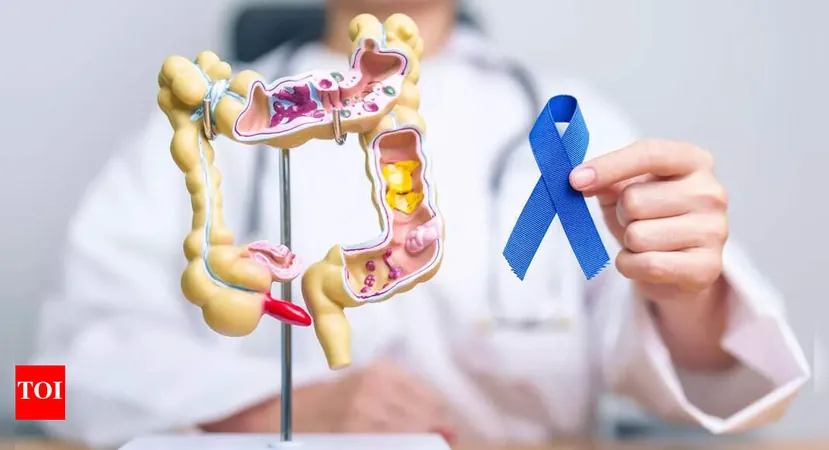
Revolutionary Breakthrough: Pig Lung Successfully Transplanted into Brain-Dead Human!
2025-08-25
Author: Li
In a groundbreaking medical first, surgeons have successfully transplanted a lung from a genetically modified pig into a brain-dead human recipient, with the miraculous organ functioning for nine whole days! This incredible feat illuminates the promising future of xenotransplantation, a procedure envisioned to tackle the global organ shortage crisis that the World Health Organization estimates only meets 10% of existing needs.
Despite this exciting advancement, experts caution that we are still far from using pig lungs in living patients. Dr. Justin Chan, a lung transplant surgeon at NYU Langone Transplant Institute, labels the study a 'qualified success' but stresses that these pig lungs cannot yet sustain life on their own.
Professor Andrew Fisher from Newcastle University echoed this sentiment, calling the development a positive step forward but emphasizing the immense work still required. 'We're not on the brink of an era of lung xenotransplantation,' he remarked.
Xenotransplantation has gained momentum in recent years, with successful transplants of hearts, kidneys, and livers from pigs to humans. Typically, these pigs are genetically modified, removing rejection-prone genes while inserting human ones, enhancing compatibility.
Initial studies often use brain-dead recipients for experiments before moving on to living patients. While some surviving recipients have thrived with transplanted pig kidneys, lung transplants are particularly precarious due to their vulnerability to environmental threats.
Fisher explained that every breath introduces external challenges, making lung immunity incredibly sensitive and active, complicating organ transplantation even further.
In a detailed study published in Nature Medicine, Chinese researchers detailed how they transplanted a left lung from a specially bred pig into a 39-year-old brain-dead male. Remarkably, the lung remained functional for 216 hours without triggering hyperacute rejection—a common, rapid immune response.
However, complications arose soon after: signs of fluid build-up and damage appeared, indicating that despite strong immunosuppressive therapy, the pig lung endured progressive harm over time.
Experts suggest that this damage may have been underestimated since the recipient still possessed one of his own lungs, which may have compensated for the pig lung's initial deficiencies.
Moreover, brain death itself can instigate an acute inflammatory state, complicating the transplant's outcomes, according to Professor Peter Friend from the University of Oxford.
The research team is determined to refine their techniques as they work to optimize immunosuppressive therapies and improve lung preservation methods. With innovation racing forward, other avenues for increasing organ availability are also being explored. These include using stem cells to remodel donor organs and growing human-like organs within pigs or sheep.
Fisher concluded that while the future of lung xenotransplantation is hopeful, addressing the problem of using human donor lungs that are currently considered unsuitable can lead to rapid and impactful advancements.



 Brasil (PT)
Brasil (PT)
 Canada (EN)
Canada (EN)
 Chile (ES)
Chile (ES)
 Česko (CS)
Česko (CS)
 대한민국 (KO)
대한민국 (KO)
 España (ES)
España (ES)
 France (FR)
France (FR)
 Hong Kong (EN)
Hong Kong (EN)
 Italia (IT)
Italia (IT)
 日本 (JA)
日本 (JA)
 Magyarország (HU)
Magyarország (HU)
 Norge (NO)
Norge (NO)
 Polska (PL)
Polska (PL)
 Schweiz (DE)
Schweiz (DE)
 Singapore (EN)
Singapore (EN)
 Sverige (SV)
Sverige (SV)
 Suomi (FI)
Suomi (FI)
 Türkiye (TR)
Türkiye (TR)
 الإمارات العربية المتحدة (AR)
الإمارات العربية المتحدة (AR)